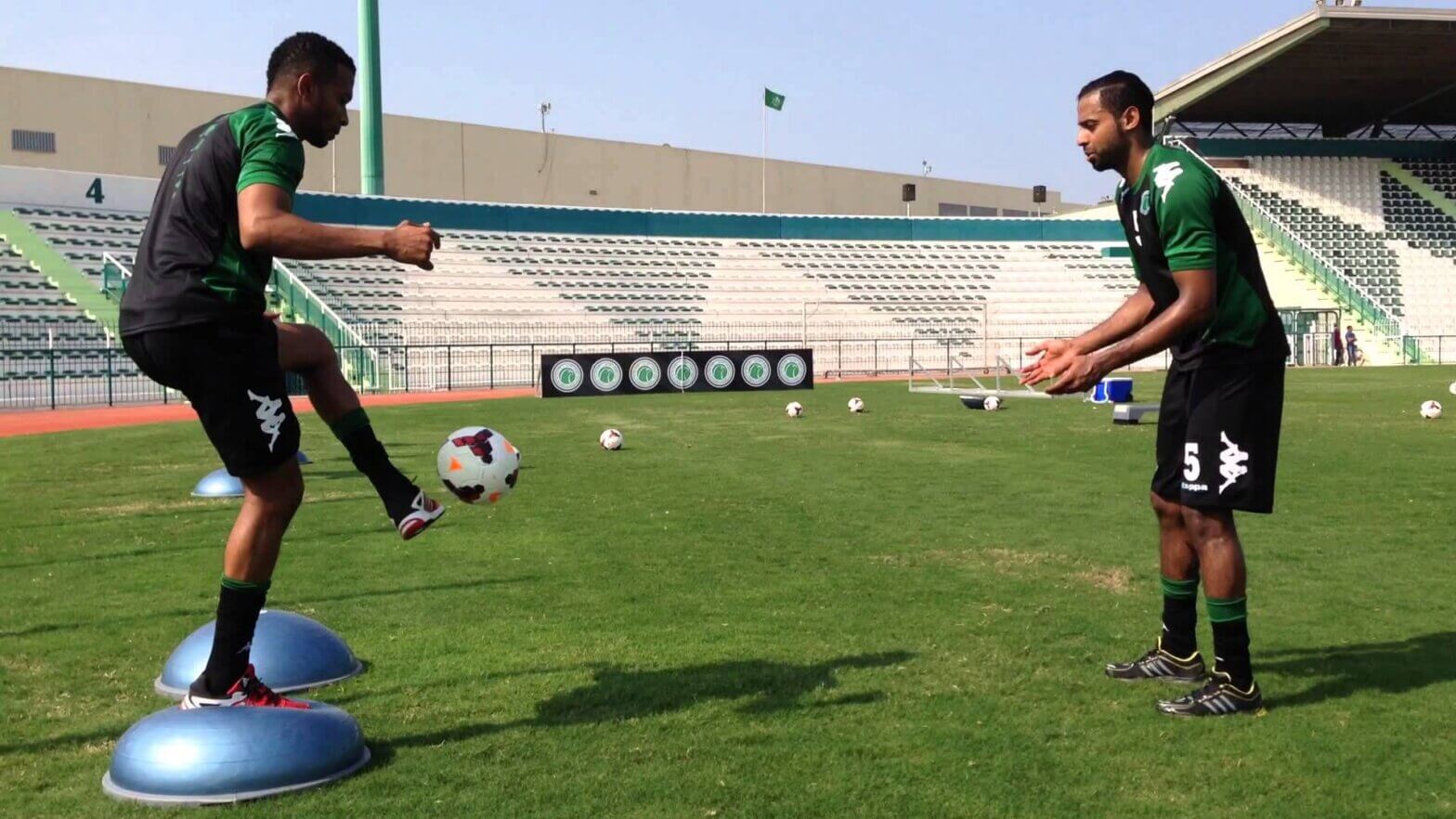Do you experience same-sided hip and knee pain during or after repetitive activity such as running or cycling? If so, you may be experiencing iliotibial band syndrome. This is a common musculoskeletal condition that can limit a person’s ability to engage in recreational activities and activities of daily living such as walking or stair negotiation.
What Is The Iliotibial Band?
The iliotibial band or IT band is a musculotendinous structure that spans from the antero-lateral hip down to the lateral aspect of the knee. The gluteus maximus, gluteus medius, and tensor fascia latae of the hip converge to form a connective tissue band that travels down the outer thigh, crosses the knee joint, and ultimately attaches to a bony prominence on the tibia.
What Causes Iliotibial Band Syndrome?
As the hip muscles move the leg, the IT band can become irritated as it rubs against the bones of the hip and knee. This repetitive motion can cause sharp and aching pain in the outer hip and knee. IT band syndrome can be caused by weakness of the abductors of the hip, excessive pronation of the foot and ankle, or tightness of the muscles that help to form the IT band.
What Are The Symptoms?
IT band syndrome can cause sharp or aching pain in the outer hip and knee; especially after long duration repetitive activities such as running or cycling. Pain is typically located over the bony protrusion of the hip known as the greater trochanter as well as the lateral epicondyle at the knee. It is common for those who have IT band syndrome to experience clicking or snapping sensations at the hip or knee due to the IT band passing over these bony aspects of the joints. Some may experience warmth and redness on the outside of the knee as well. Pain in these areas will often worsen with increase in activity.
Treatment For ITB Syndrome
A licensed physical therapist can identify areas of weakness and tightness in the hip musculature that may be contributing to pain experienced as a result of IT band syndrome. Stretching, soft tissue mobilization, and other manual techniques can be used to improve flexibility and quality of motion at the hip. Additionally, strengthening exercises can be prescribed to address areas of weakness to improve stability and control of the hip joint. Generally, those with IT band syndrome are able to return to their desired exercise within 4-8 weeks.
If you experience hip and/or knee pain, physical therapy can help. Call Respire Physical Therapy at 703-671-1871 or click here to schedule an appointment with one of our Physical Therapists to reduce your pain and get you back to the activities you love!
Tags: fallschurchva, physical therapist, ptworks, health and wellness, it band syndrome, running pain, choosept, arlingtonva, alexandriava, Physical Therapy, sport injury, Respire Physical Therapy



